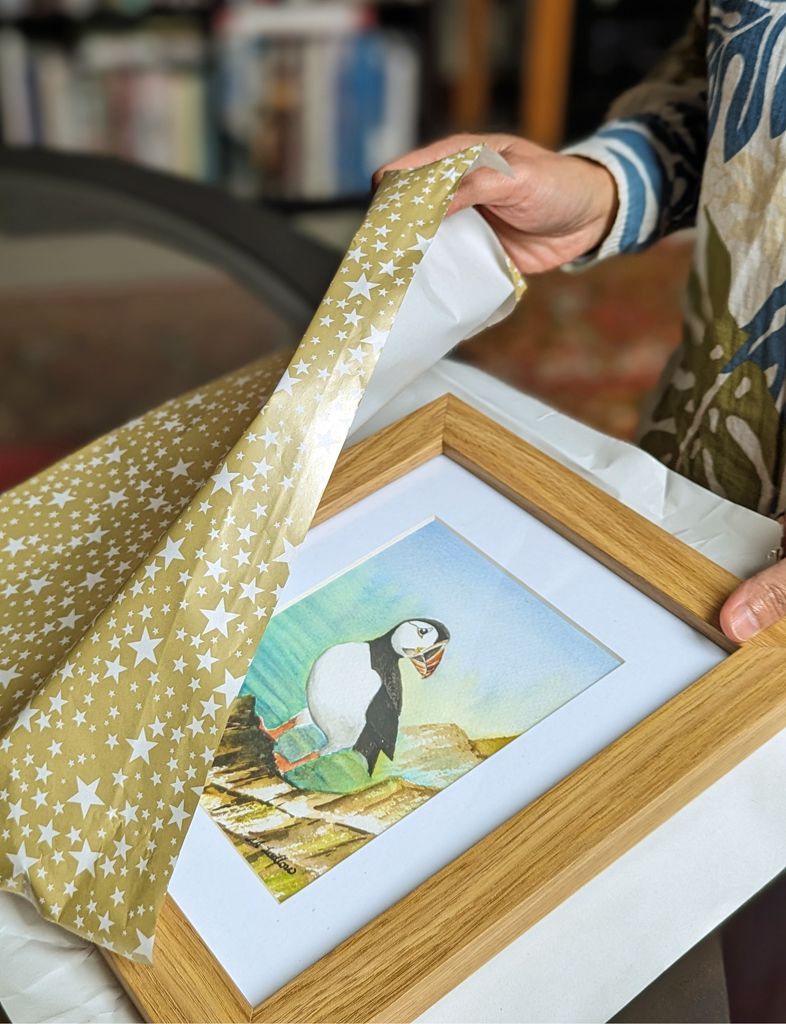ARTicles
Testing and Assessing the Properties of Watercolours - Part 2
Continuing our look at the properties that define watercolours as a modern fine-art medium and how to assess them.

1. Transparency and Opacity;
2. Permanence or light fastness;
3. Granulation;
4. Staining and non-staining.
5. Purity of colour
6. Colour intensity or brightness
7. Tinctorial strength;
8. Wet to dry colour shift;
9. Re-solubility;
10. Wet-in-wet flow.
Figure 1: By cutting the side off one of the test sample washes, the watercolours can be compared directly by placing them against each other.
Test 7: Tinctorial strength
This is very much a comparative test of watercolours with identical pigments, as subtle hue differences will make it very difficult to assess tinctorial strength. The test watercolour is diluted with a white gouache.
The white should be kept standard and the same tube/pot used for each test. Add to the colour in the ratio of 1 part to 10 parts white. The mix should be mixed thoroughly and then allowed to dry before making the comparison.
Figure 2: Tinctorial Strengths of 3 different qualities of watercolour made using the sulphur containing sodium aluminosilicate pigment (C.I. Pigment Blue 29).
Test 8: Wet to dry colour shift
Paint out the colour and then allow it to dry. Then, at the same dilution paint the watercolour out again next to the dried film and make an immediate assessment of the colour between the two.
Test 9: Re-solubility
Place the watercolour on the palette and allow it to dry. Once dry draw a wet brush over the colour ten times and paint out the colour out in a block. Note the strength of colour of the painted film once it is dry. To compare against other watercolours, simply repeat the test as closely as possible and compare results.
Test 10: Wet-in-wet flow
Wet an area of watercolour paper in an approximate square, slightly lift one edge of the paper and support it. In the centre of the wet patch, dab a brush loaded with watercolour and hold it there for 5 seconds. Lift the brush up and monitor the flow of the watercolour.
Figure 7: Measuring the wet-in-wet flow of a watercolour.
An assessment of how far the colour has travelled can be made once the paper is dry.
***
Professional and artist quality grades will perform differently to student grades, which in turn will behave differently to the ones primarily for education and children. Sometimes it is quite difficult to tell which is which from the labelling and packaging, and on painting them out. I recommend using these 10 tests to compare the performance between a Professional and student grade watercolour, the difference will be like “chalk and cheese!”
I hope this ARTicle has been of interest to you. Its content is presented as a video, “Assessing Watercolour Properties” and can be found on our YouTube channel, “Ludlow Colours” along with our other videos.













